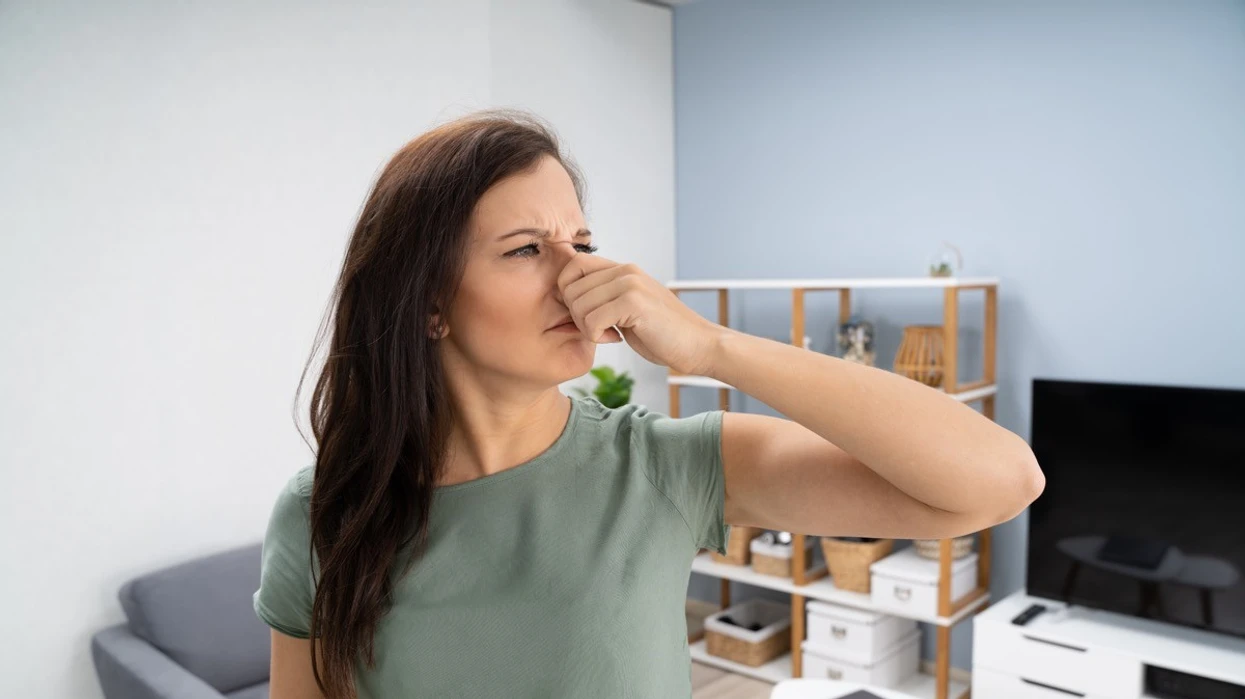Blog
Why Does My House Suddenly Smell Like Formaldehyde?
If you’ve recently noticed an unusual odor in your home and are wondering, “Why does my house suddenly smell like formaldehyde?” you’re not alone. Many homeowners encounter this perplexing issue, often linked to common household items and environmental factors. In this article, we will explore the potential causes, effects, and solutions to this unsettling problem.
Understanding Formaldehyde
Formaldehyde is a colorless gas with a strong smell, commonly found in various household products. It’s often used in building materials, insulation, and household goods like furniture and carpets. Understanding where this chemical is commonly found can help you identify potential sources of the odor.
What Does Formaldehyde Smell Like?
Common Sources of Formaldehyde in Your Home
- Building Materials
Many construction materials contain formaldehyde. Plywood, particleboard, and fiberboard often use adhesives that release formaldehyde gases, particularly when new. If you recently renovated or built your home, these materials may be the source of the smell. - Household Products
Several common household items release formaldehyde. These include cleaning products, cosmetics, and even some air fresheners. If you’ve introduced any new products into your home, they could be contributing to the odor. - Furniture and Upholstery
New furniture and upholstered items can also emit formaldehyde, especially if they are made from pressed wood. If you’ve recently purchased new furniture, this might explain the sudden smell.
Symptoms of Formaldehyde Exposure
Understanding the symptoms of formaldehyde exposure is crucial for your health. While many people might not experience any noticeable effects, some may develop:
- Respiratory Issues
Coughing, wheezing, or difficulty breathing may occur, especially in individuals with asthma or other respiratory conditions. - Eye and Skin Irritation
Formaldehyde can cause irritation to the eyes and skin, leading to redness or itching. - Headaches and Nausea
Prolonged exposure can lead to headaches and feelings of nausea, indicating that the air quality in your home might need to be addressed.
Why Does My House Suddenly Smell Like Formaldehyde?
If you’re asking, “Why does my house suddenly smell like formaldehyde?” consider the following potential reasons:
- Recent Renovations or Repairs
As mentioned earlier, if you’ve made recent changes to your home, the new materials might be releasing formaldehyde gases. - Temperature and Humidity Changes
Changes in temperature or humidity can increase formaldehyde emissions from various materials. Warm, humid conditions often heighten the release of this gas, resulting in a more noticeable smell. - Ventilation Issues
Poor ventilation can trap formaldehyde gases inside your home. If your home lacks adequate airflow, it may exacerbate the smell.
What to Do If You Smell Formaldehyde
If you are trying to resolve the issue of “Why does my house suddenly smell like formaldehyde?”, here are some steps you can take:
- Identify the Source
Inspect your home for potential sources of formaldehyde. Check for any recent purchases or renovations that may have introduced new materials. - Increase Ventilation
Open windows and doors to allow fresh air to circulate. Using exhaust fans and air purifiers can help reduce indoor concentrations of formaldehyde. - Remove or Replace Problematic Items
If you identify specific items contributing to the smell, consider removing or replacing them. This may include outdated or poorly made furniture or household products. - Use Formaldehyde-Free Products
When purchasing new items, look for products labeled as “formaldehyde-free” to prevent future issues.
Preventing Future Smells
To ensure you don’t have to ask, “Why does my house suddenly smell like formaldehyde?” again, consider these preventative measures:
- Choose Natural Materials
Opt for natural wood and materials that do not contain harmful adhesives or chemicals. - Maintain Good Indoor Air Quality
Regularly ventilate your home and consider investing in air purifiers to help remove indoor pollutants. - Monitor Humidity Levels
Keeping your home’s humidity at a comfortable level (between 30% and 50%) can help minimize formaldehyde emissions.
When to Seek Professional Help
If the odor persists despite your efforts, it might be time to consult with a professional. They can conduct air quality tests and provide tailored solutions for improving your indoor environment.
Conclusion
In conclusion, if you’ve ever wondered, “Why does my house suddenly smell like formaldehyde?”, it’s essential to investigate the potential sources and symptoms. Understanding the causes can help you take effective action to improve your home’s air quality and safeguard your health.
Follow us on Facebook!

